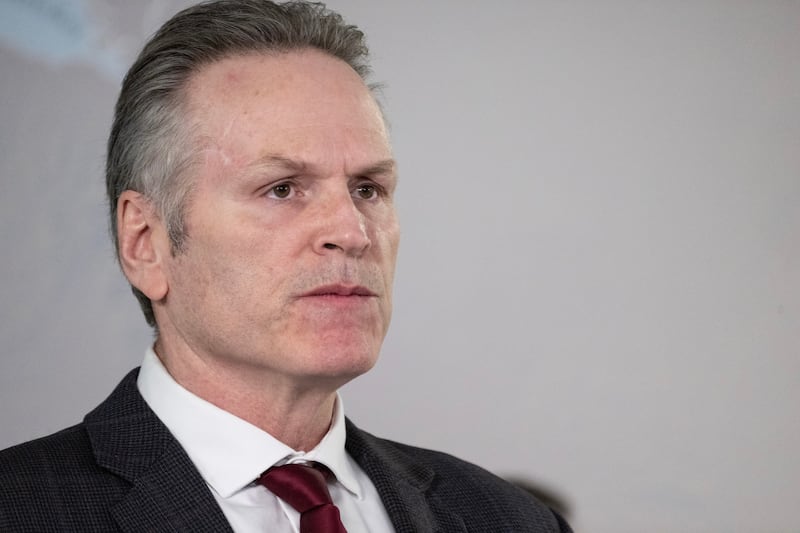Mike Dunleavy’s Fiscal Strategies: Navigating Alaska’s Economic Challenges
Mike Dunleavy, Alaska’s current governor, has been at the center of the state’s economic debate as Alaska faces significant fiscal pressure. Fluctuating oil revenues have led to tough decisions about spending, new taxes, and statewide priorities. In this article, we’ll explore Dunleavy’s most recent fiscal strategies, how they affect Alaskans, and what the future might hold.
Responding to Falling Oil Revenue
The decline in oil revenue poses real challenges for Alaska’s budget. On May 10, 2025, Gov. Mike Dunleavy issued a far-reaching administrative order, freezing out-of-state travel, most hiring, and halting new regulations statewide. This move aims to reduce state spending and reprioritize core services, such as health and safety, for Alaskans. Exceptions are limited to essential public safety and mission-critical responsibilities. For a detailed breakdown, see this KTUU report.
Dunleavy explained, “Alaskans expect us to manage their resources wisely." He noted that the state’s savings can no longer cover full operations for even a single year. The administrative order is expected to remain effective until conditions change, focusing government efforts on stability and essential services.
Opposition to New Tax Measures
As the fiscal crisis deepens, state legislators have floated several tax proposals. These range from modifying the Permanent Fund dividend formula to raising new revenue through taxes on online businesses and oil companies. However, Governor Dunleavy has opposed these standalone tax measures, arguing that they do not provide the sustainable, long-term solutions Alaska needs.
Instead, Dunleavy has proposed assembling a joint team composed of legislators and members of his administration. The goal: develop a comprehensive, durable fiscal plan to secure Alaska’s economic future. Critics say similar efforts have stalled in recent years, but others agree that bipartisan cooperation is necessary to address the crisis.
Senate President Gary Stevens called Dunleavy’s proposal "a reasonable idea" and compared it to past task forces aimed at tackling key state issues. Bipartisan agreement and community engagement will be crucial as Alaska seeks to move beyond stopgap measures.
Lasting Impact on Alaskans
Mike Dunleavy’s leadership during Alaska’s fiscal downturn highlights the difficulty of governing in uncertain economic times. The recent spending and hiring freezes send a message: funding must be targeted to preserve essential services. But without new revenue or transformative policy changes, the state’s long-term stability remains uncertain.
As Alaska’s leaders deliberate the best path forward, public input and careful management of state resources will determine the outcome. For a deeper dive into the details of Dunleavy’s fiscal policies and legislative tensions, refer again to KTUU’s coverage on the spending freeze and Anchorage Daily News for the latest on budget debates.
Conclusion: Alaska at a Crossroads
Governor Mike Dunleavy’s actions reflect a pivotal period for Alaska. As the state navigates lower oil revenues and tight budgets, decisive leadership will shape the years ahead. Community engagement and legislative cooperation are more important than ever. To stay informed on upcoming developments, keep tracking trusted news outlets and government announcements.
